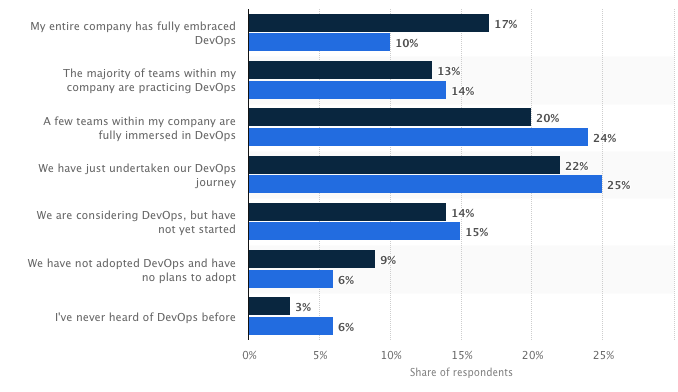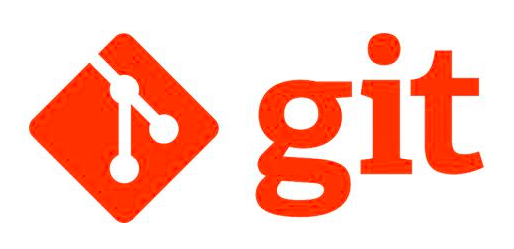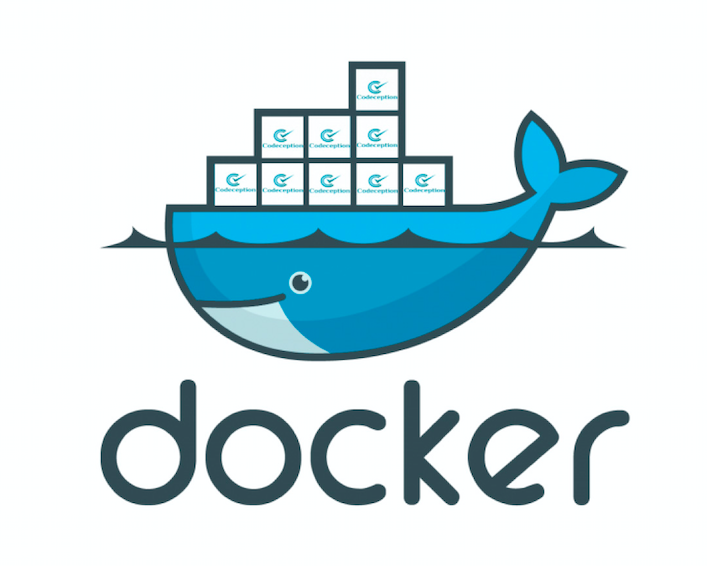DevOps is one of those concepts that everyone talks about but very few understand completely or are able to implement it. As opposed to a tool or methodology, it is more of a culture that organizations can imbibe and incorporate between development and operations within a team. It involves a high degree of collaboration across roles focusing on the business than on departmental objectives.
Few misconceptions about DevOps culture are like, it’s a particular toolkit or software product, or it is about changing processes. It’s not. Instead, it’s based on trust, and a high value placed on learning through experimentation.
However, questions usually arise, what are the common mistakes made by the team while trying to adopt DevOps culture? What are the modes of successful integration and adoption?
Let’s start from the beginning.

History of DevOps
When IT operations and software development communities started outbursting about the fatal level of dysfunction in the industry, the birth of the DevOps movement was marked around 2008. The organizational and functional gap between the coding and deployment team as per the traditional model was in question and railed against.
As the operations of the team were separated by objectives, leadership and performance indicators, it resulted in long hours, rushed releases, and unhappy customers. The leaders in the industry recognized the pattern and took a step in the direction of DevOps. But DevOps isn’t some magic that can transform your business overnight. It starts with small, incremental changes with which your team can embark upon the DevOps journey. However, it’s easier said than done. Explore the mistakes that you are making and what are those changes.
Common Mistakes Your DevOps Team is Making
Even when a team is working towards a shared goal, there are challenges and barriers that can lead to these common mistakes:
Quality
While attempting to complete urgent deliveries, organizations ignore the lack of experience and knowledge of DevOps among the employees who struggle to produce outcomes. This results in low-quality output and in turn affect struggle to keep up with the competition in the market.
Being a DevOps professional, you shouldn’t be rushing to get the job done and meet tight schedules only. The security issues and bugs that can come at a later stage should be thought for during the process of production.
Staying Small
It’s always advised to start small and it seems right to be following it in the very beginning. However, when it comes to adopting the DevOps culture, it shouldn’t mean that you stay small moving forward too. For example, not deploying at a higher frequency can lead to more issues as the right processes are not in place for optimized activities. Companies might experience factors like higher costs, lower customer satisfaction, time taking developments, slower growth if they don’t utilize the DevOps methods more regularly.
The Old and the New
While adopting the DevOps culture, companies shouldn’t let go of the old practices and personnel. This model, known as ‘Hybrid DevOps’, streamlines some parts of the processes whereas other parts can be continued at the traditional pace. However, the Hybrid model can backfire for the organization as newer methods of working cannot always coexist with the age-old practices and might lead to disruptions and clashes between the teams. Thus, you need to check if they can or cannot coexist for your organization or team.
Monitoring
It’s an organizational myth that DevOps processes and tools don’t need constant monitoring and overseeing. The role of DevOps engineers shouldn’t end with the release of the application or software. It is an absolute must to ensure constant availability of resources, goals, and budgets for smooth and continuous functioning of the software. A plan that never quits learning at any stage or hinders improvement along the way, is a perfect DevOps plan in the making.
Overcome Challenges to Get Your Team to the Other Side
Centered around collaborations and harnessed by culture, let’s explore the fundamental core of DevOps culture:
Learn to Say ‘No’
The first rule of eliminating roadblocks is by starting to say ‘’no’’ to anything that doesn’t add value to your work or business and should be the most important behavior adopted by all. It preserves credibility, develops trust and spreads a clear message across about your values and standards of working. Having the ability to choose wisely and prioritize ruthlessly is the next thing that comes along with it. A delivery with flawless but unnecessary features is more of a failure for both the customers and the DevOps team.
Commitment Counts
The team should ensure that each member has a clear vision and is 100% ready to achieve the desired outcomes before committing on any project or task. Having an acceptance criterion of your work gives a sense of responsibility for its success and allows you to go all-in on the chosen field. From small deliveries to completing bigger assignments, commitment adds customer value and invite accountability for customer satisfaction which is the ultimate measure of success.
Adaptability
Choosing DevOps isn’t a sure shot jackpot to success unless you accept that failures are a part of all process and big learning in the end. Not always will you meet your own expectations along with those of your customers. However, picking up from where you fall, learning from the mistakes and moving on towards improvement is the key to adaptability. Organizations should welcome the changes as per requirements that can help in quick adaptation and frequent deliveries.

The above results by the Statistics portal, Statista, shows the extent to which developers worldwide have adopted DevOps in their workplace, in 2017 and 2018.
Internal Training
Organizations can start from building DevOps culture and teams within and initiate the process of identifying talent internally that can be trained for DevOps instead of hiring an entirely new team. As an already existing employee has a background knowledge of the company, the only investment is to align the DevOps changes with the organizational values and goals.
Regularity in Meetings
When a company implements the DevOps culture and tools, the team is impacted personally and professionally in terms of the working processes. Therefore, organizing regular meetings with each member or entire teams can be a healthy way to ensure effective implementation of the changes that are in the initial phase. It also becomes an affirmative way to strengthen the workforce and their technical skills.
Industry Meet-ups
Organizations should keep in mind that not every employee in the team comes with an IT background necessarily. Thus, organizing or encouraging employees to attend industry conferences and meetups on DevOps and its related topics can give a better perspective about its objectives in the long run.
Sharing is Caring
When DevOps is employed among teams, you become a part of a larger community of like-minded individuals. The collective commitment of the group towards delivering quick customer satisfaction and building a better organization brings out the desired outcomes. Thus, you should share your best and successful practices with others that can improve the pace and quality around you. The solicit expertise from your end can help others and in turn, give remarkable effects to you in the process too.
Select the Right Tools
Lastly, DevOps culture and processes are incomplete without effective tools and applications in the projects. Organizations should invest in smart, new and advanced tools that are crucial to the implementation along with keeping the members interested in the process.
Let’s explore a few such tools that can be adopted for best of practices in your organization.
Top 5 DevOps tools for 2019
GIT

A free and open source distributed version control system, GIT is designed to allow tracking changes in your file and handle all kinds of projects with speed and efficiency. With it's easy to learn and adopt procedure and multiple workflow features, it outclasses other SCM tools.
Key Features:
- Feature Branch Workflow
- Allows Distributed Development
- Supports Pull Request
- Enables Faster Release Cycle
Major Companies Using GIT: Microsoft, Amazon, LinkedIn, Accenture, Facebook, Yahoo
JENKINS

A server-based system that runs in servlet containers, Jenkins is a continuous integration server written in Java. It is used for testing and reporting changes in near real-time as it helps to automate continuous delivery by finding and solving bugs in your code rapidly and automate the testing.
Key Features:
- Free Open-Source Tool
- About 1000 plugins to integrate all DevOps stages
- Streamline one or more build jobs into a single workflow
- Start your Jenkins with its WAR file easily
- Multiple ways of communication like web-based GUI, CLI and REST API
Major Companies using Jenkins: Pentaho, OpenStack, AngularJS, Capgemini, LinkedIn
DOCKER

Released in 2013, Docker unlocks potential for Dev and Ops by packaging up a tool that gives developers and IT personnel the freedom to choose, manage, and secure business-critical applications that can perform operating-system-level virtualization. It is a lightweight software designed for agile operations.
Key Features:
- Use Docker container with any language
- Ship the container wherever you want
- Scale up to 1000’s node
- Update with zero downtime
Major companies using Docker: Uber, NewRelic, PayPal, eBay, The NY Times, Oxford Uni Press
Nagios Core

Nagios is a free open source computer-software application written in C language. It offers monitoring and alerting services for servers, switches, and applications.
Key Features:
- Monitors Windows, Linux, UNIX, and Web applications.
- Provides two methods, agent-based and agentless, for server monitoring
- Checks network connections, routers, switches, and other required things while monitoring
Major companies using Nagios: Cisco, Paypal, United Health Care, Airbnb, etc.
Chef DK

Considered as one of the founders of the DevOps movement, Chef is a tool used for checking the configurations applied everywhere along with automating the infrastructure. It provides the practices and platform to deliver software at speed.
Key Features:
- Ensures configuration policies to remain flexible, versionable, testable and readable.
- Helps in standardizing and continuous enforcement of the configurations.
- Automates the process of ensuring correctly configured systems.
Major companies using Chef: Facebook, Firefox, Hewlett Packard Enterprise, and Google Cloud Platform etc. It has many more customers.
Wrapping it Up
As the DevOps movement has taken a pace that’s spreading quicker and showcasing definite results, it thrives on adaptable and efficient tools in continuous implementation. It has become a suitable business practice that can withstand competition and scale up your growth as an organization, internally as well as externally.
In conclusion, the three pillars of DevOps culture are people, process and technology.
Subscribe
Related Blogs
Trek n Tech Annual Retreat 2025: A 7-Day Workcation of OSL

OSL family came together for the Trek n Tech Annual Retreat 2025, a 7-day workcation set amidst the serene beauty of…
Exploring Drupal's Single Directory Components: A Game-Changer for Developers

Web development thrives on efficiency and organisation, and Drupal, our favourite CMS, is here to amp that up with its…
7 Quick Steps to Create API Documentation Using Postman

If you work with API , you are likely already familiar with Postman, the beloved REST Client trusted by countless…




